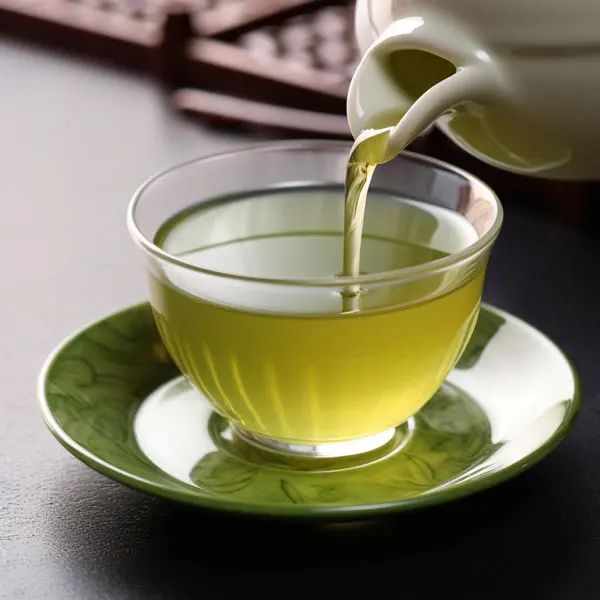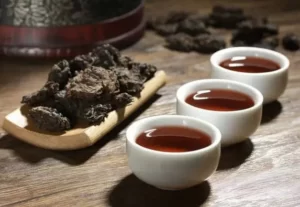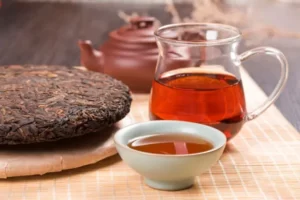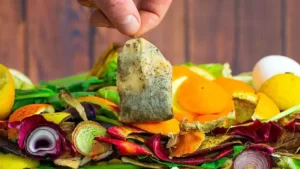Introduction
When it comes to identifying tea, there’s a saying, “observe, smell, taste,” and the “observe” step includes examining the dry leaves, tea liquor, and tea dregs(tea leaves that have been brewed many times and will be thrown away). Observing the tea dregs is crucial in determining the quality of the tea. If you’re a beginner in Chinese tea and can’t distinguish between good and bad tea based on the dry leaves, then discerning from the infused leaves is the best practice. Experienced tea farmers in China have told me that good tea leaves should be tender and elastic when brewed, and this liveliness is often described as a “silky touch.”
Practical Steps for Observing the Tea Dregs:
Fresh tea leaves transform into various teas like green, black, yellow, white, and rock tea through different processing methods. Upon buying, steep the dry leaves in hot water. After several infusions, the leaves absorb moisture and unfold, ready for observation.
Try softly pinching a leaf. High-quality ones should be tender but sturdy. They shouldn’t wilt like overcooked vegetables. At the same time, there shouldn’t be a large number of coarse stems or old leaves that feel rough and lack elasticity.
Finally, inspecting tea residue is essential in assessing tea types. However, understanding quality from leaves varies with each tea type. So, how do we judge the quality of green, black, white, and rock tea from the leaves? Let’s explore from 7 key aspects.
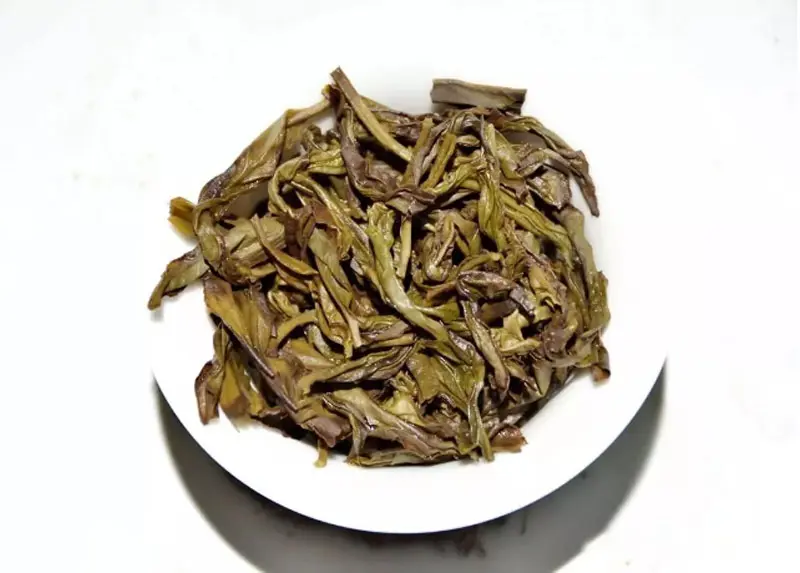
Does the Tea Dregs Show Burnt Black Fragments?
If you find burnt black fragments in the tea dregs while brewing tea, it may be due to improper operations during the pan-frying green or fixation process(Pan-frying green is a method used in tea production, specifically in the creation of green tea. This technique is also often referred to as “kill-green” or “de-enzyming.” The process helps stop the natural oxidation and fermentation process within the tea leaves.), which is a flaw in the tea-making process.
The resulting tea infusion won’t have the standard clear appearance but will contain scattered burnt black fragments. These fragments are actually charred debris that detached from the overcooked leaves. For fresh and vibrant green tea, this burnt flavor will significantly affect its freshness and diminish the tea’s quality. It’s best to avoid such inferior tea.

Are There Tea Stems in Jin Jun Mei Tea Leaves?
The preciousness of Jin Jun Mei lies in the strict selection of tea buds and their origin from specific tea trees during the black tea manufacturing process.
Emphasize the origin. The range of origin must be centered around Tongmu Village in the Tongmu Mountain area, which is part of the Wuyi Mountain National Nature Reserve. If it’s made from tea buds from other regions, the resulting Jin Jun Mei is not considered authentic.
Emphasize the tea tree variety and tender buds. It must be made from tea buds of the Tongmu Mountain tea tree. In the Tongmu Mountain area, which is a natural reserve and the gathering place for the Tongmu population to cultivate tea trees, the tea buds of the Tongmu population are relatively smaller in size compared to other tea tree varieties but contain rich essence of tea flavor.
If you find tea stems in the Jin Jun Mei tea dregs, it clearly doesn’t meet the standard of Jin Jun Mei tea and raises doubts about the tea’s quality.

What is the Degree of Roasting for Rock Tea Leaves?
Rock tea’s roasting degree can be classified as light, medium, or heavy. Heavy-roasted rock tea represents sufficient roasting. However, if it’s over-roasted, it will result in a burnt flavor and make the tea taste hollow and weak.
With heavily roasted rock tea, the leaf appearance indicates severe issues:
1. Stiff tea strands that are difficult to unfurl.
Due to excessively high temperatures and prolonged roasting, the appearance of heavily roasted rock tea becomes tightly twisted and loses vitality. The dry leaves become carbonized and stiff, making it impossible to unfurl even with boiling water infusion.
2. Noticeable burnt flavor.
When you smell the tea dregs up close, you won’t detect any floral, fruity, or woody aromas that are typical in teas. Only burnt, charred, and toasted flavors will be present.
3. Charcoal-black color without gloss.
For properly roasted rock tea, although tea dregs is black, it retains a glossy and smooth appearance. However, heavily roasted rock tea will have a darker charcoal-black color on tea dregs without any gloss.
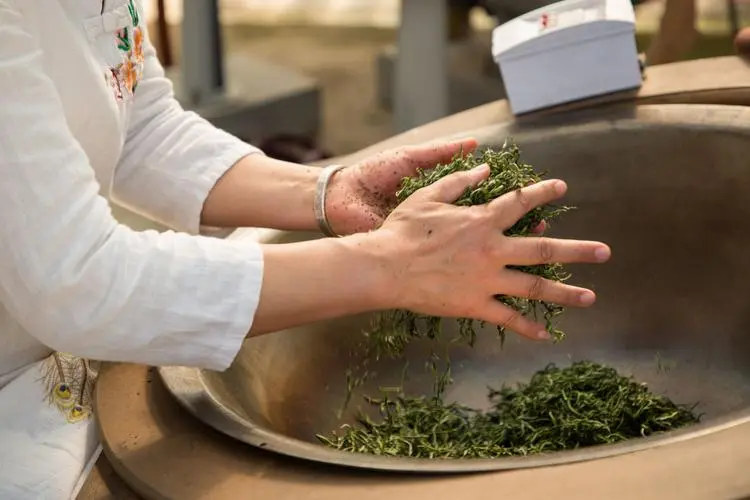
Does Aged White Tea Show Signs of Aging?
In the natural aging process of white tea, the leaves undergo color changes ranging from dark green to deep green, dark green, or even blackish green. If you find the bottom of aged white tea leaves to be too bright or showing a yellow-green color, it suggests that the tea hasn’t undergone sufficient aging time or the aging process occurred in unfavorable conditions, such as excessively high or low humidity, which can affect the aging effect. Insufficiently aged white tea tends to have a relatively thin and less complex flavor, lacking the rich sweetness and mellow tea aroma.
There is also a case of artificial aging called “pile-fermentation.” Pile-fermentation is a unique fermentation process in the manufacture of black tea. It means sprinkling water on the tea leaves, then piling the tea leaves to a certain height (usually around 70cm) after sprinkling water and covering with linen to promote the fermentation of the tea leaves. This method makes white tea aging, although it reduces the time of natural fermentation, but it tends to make the tea leaves rotten.
1. Appearance of dry leaves and tea dregs
Artificially aged teas after pile-fermentation show distinct differences from naturally aged white tea. After pile-fermentation, the overall appearance of the dry tea leaves is predominantly black-brown, without any trace of natural aging. When steeped in boiling water, the difference becomes even more apparent. The bottom of artificially aged white tea will be pitch black, and long tea stems can be observed.
2. Aroma of the tea dregs
When smelling tea dregs while still warm, there’s a scent similar to decaying plant leaves. It closely resembles the musty smell of decaying fallen leaves in a forest, lacking freshness. Furthermore, the bottom of artificially aged tea will have a predominantly black-brown color as well.
3. Texture of the tea dregs
In more severe cases of artificial aging, tea dregs may become decomposed and turn into a soft and mushy state. It’s similar to purchasing a bag of green vegetables and leaving them in the refrigerator for several days until the leaves become completely decomposed and mushy. A bottom of leaves without any freshness or elasticity cannot possibly be a result of natural aging.
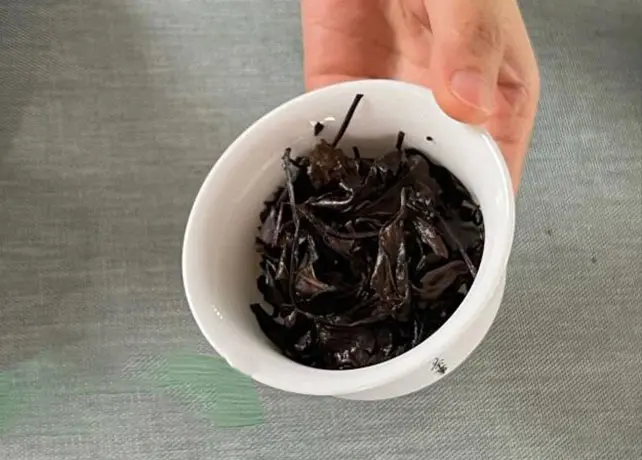
How Resilient are the Tea Leaves?
Lastly, observing the resilience of the tea leaves is an important way to evaluate their quality. After brewing, tea dregs should be supple and elastic rather than dry or brittle. If the tea leaves become very fragile after brewing, it may be due to improper handling during the picking or tea processing, resulting in leaf damage. A high-quality tea, whether it’s green tea, black tea, white tea, or rock tea, should have full and abundant leaves, indicating that it has maintained enough vitality during the tea-making process.
Does the Tea Meet Its Grade Standards?
When buying tea, the distinction between different grades is often seen. For example, when purchasing White Peony white tea, there’s a difference between premium White Peony and first-grade White Peony. The same goes for Longjing green tea, which has varying grades. To ensure that you’re getting your money’s worth, it’s important to check if the tea meets the grade standards.
After steeping the tea leaves, carefully compare the symmetry of the buds, leaves, and stems. Under the same category, origin, and similar processing methods, when buying tea leaves, prioritize those with plump buds and tender leaves. If, after brewing, you find that most of the tea buds are thin and the leaves are large, except for a very small number of plump buds, it’s evident that the tea you purchased has confusing grade labeling and lacks finesse in tea processing.
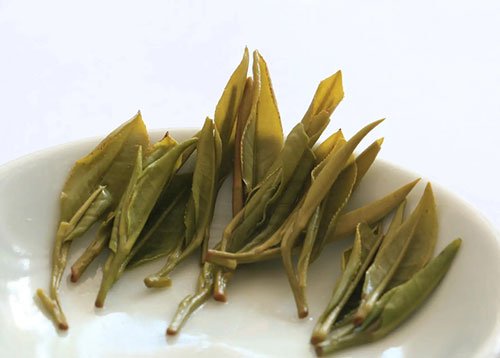
Smelling the Tea Aroma from Tea Dregs
When observing the tea dregs to assess the tea, whether it’s green tea, black tea, white tea, or rock tea, you can start with the tea aroma. Good-quality tea should naturally accumulate aromatic compounds. After covering the cup and brewing, you should be able to detect traces of aroma from various aspects, such as the lid, surface of the tea soup, the scent left after pouring out the water, or even the aroma lingering in the cup. Even after brewing it seven or eight times or more, there should still be a lingering aroma.
When examining tea dregs, pay attention to the cold aroma. Once the lid of the cup has cooled down, take a sniff of the aroma from tea dregs. If you can still perceive refreshing floral notes, bamboo leaf aroma, or natural herbal scents, it’s already sufficient to prove that the tea is of superior quality.
Conclusion
In conclusion, observing tea dregs can help judge the quality of tea. However, the quality of tea also depends on various aspects such as the appearance, color, aroma, and taste of the dry leaves. Therefore, the final judgment requires combining practical tea-tasting experiences. If you’re a beginner in tea, there’s no need to be overly concerned because practice makes perfect. With time and practice, you will definitely improve your skills in discerning tea quality.
